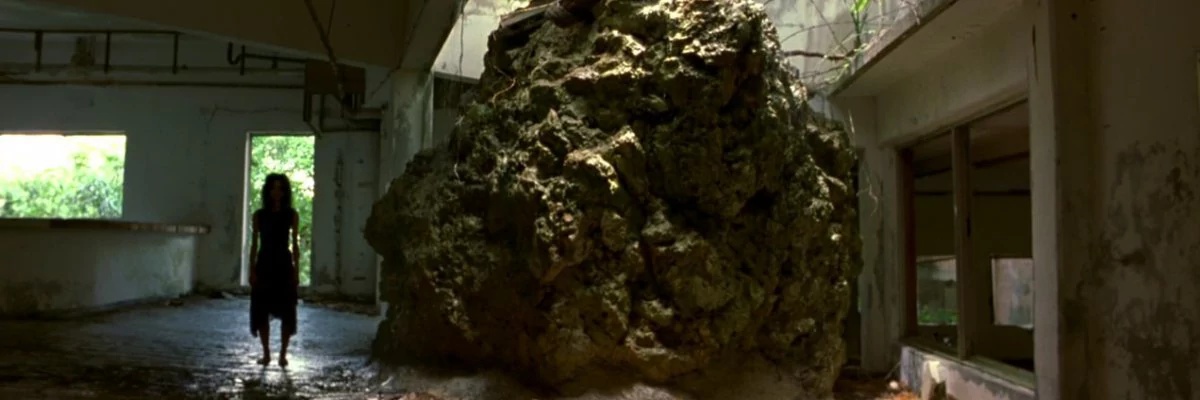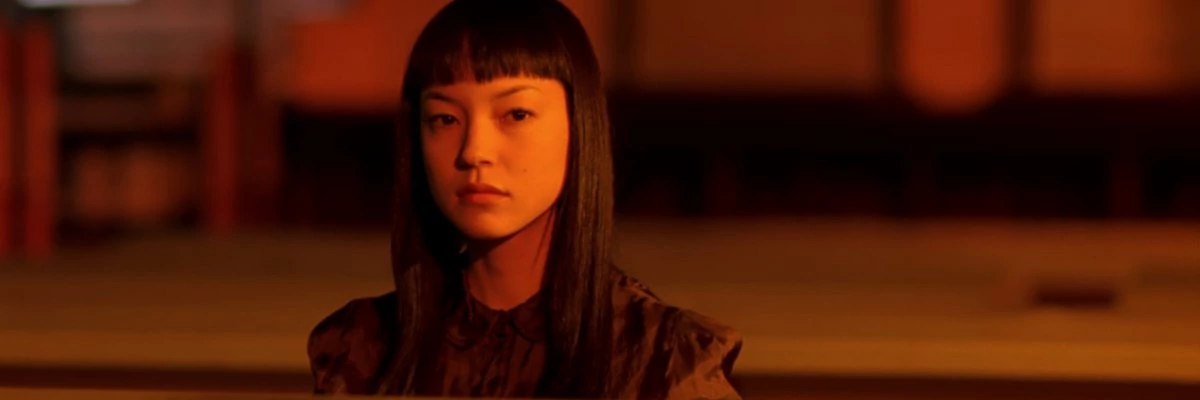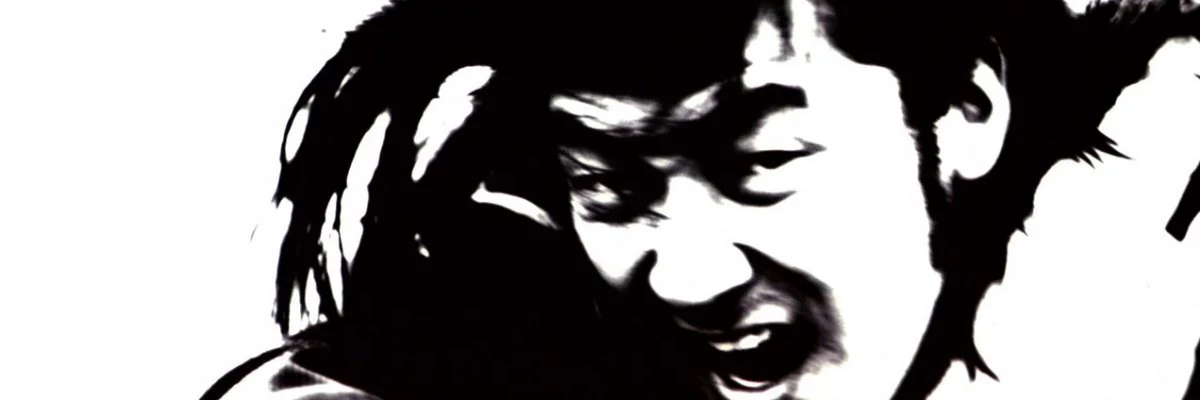Vital
Vital marks an important milestone in the evolution of Shinya Tsukamoto's signature style. When it was first released the film seemed to divide fans and naysayers alike. And while I clearly recognize the obvious differences with his earlier projects, Vital still feels like a film that could not have been made by any other director alive. On top of that, the film turned out to be one of my favorite Tsukamoto films to date.

The most obvious difference between Vital and Tsukamoto's earlier work is the film's affinity with nature. Tsukamoto's early films (ignoring his commissioned work for a minute) are known for their unmistakable urban vibe. Many of the key scenes in Vital play in some idyllic vision of nature, far away from all the skyscrapers and small, overcrowded streets. This change of setting, as trivial as it might seem at first, has a pretty big impact on the entire feel of the film.
Vital is also Tsukamoto's first film that plays more like a straight-forward Japanese drama. Sure there is plenty of Tsukamoto-styled weirdness, but nothing as direct or vivid as you'd come to expect from the man. No drill penises or men in strange cone-shaped headgear contraptions, Tsukamoto operates on a more symbolic level here. The film starts when Hiroshi wakes up in the hospital after surviving a car accident. His memory is gone, only small fragments of his former life have remained. Not really knowing what to do with his life, he begins a university study to become a doctor, not remembering his earlier decision to completely abandon this career choice.
Though not a horror film, Vital probably contains the most direct form of body horror in any of Tsukamoto's films. Things get a little out of hand when Hiroshi starts his dissection classes and gradually realizes the subject he's working on is really his old girlfriend ... the one who didn't make it out of the car wreck. Rather than choke, Hiroshi continues his classes and actually starts remembering things about his past, all the while working his way deeper and deeper through the body of his late girlfriend. It's a morbid concept, but Tsukamoto handles it with remarkable maturity and class.

Visually the film can be split in two separate parts. There are the usual Tsukamoto antics like the car crash scene and the returning images of the smoking chimneys. Hectic, chaotic and madly edited, those scenes are obvious remnants of his trademark style. Then there are the scenes in nature, which emit a completely different vibe. More timid, focused on beauty and color and sporting a very loving and relaxing atmosphere. Both aspects of this film are splendidly executed and Tsukamoto make sure that the transitions between both parts are smooth, yet extremely powerful.
The music follows a very similar pattern. There are the more industrial-sounding pieces that go with the darker scenes, and then there are the ethereal, soft ambient waves that pop up when Hiroshi travels back to his natural paradise. Combined with the visuals Tsukamoto creates two entirely different atmospheres, heavily contrasting with each other but still forming a beautiful whole (call it a perfect yin and yang). As for scoring his films, Tsukamoto has never really disappointed me.
The acting is another element that differs greatly from Tsukamoto's earlier films. His own theatrical background has always played a big part in the way characters were portrayed in his films. With big motions, extreme expressions and lots of vigor his characters moved through Tsukamoto's stories. In Vital, he takes the opposite approach, more in line with other Japanese dramas. Tadanobu Asano, Nami Tsukamoto and Kiki all put in wonderful performances, slowly revealing the deeper layers of their characters as the film progresses. The secondary cast is equally strong, though I must admit Ittoku Kishibe gave me quite some trouble when I first watched this film. His role in Survive Style 5+ kept coming back to me, needless to say the image of a tweeting bird man doesn't really fit the atmosphere of Vital.

At the core of Vital lies an intriguing little puzzle. On the one hand Hiroshi tries to move on with his life, but the only way to accomplish this is by trying to make peace with his own forgotten past. He balances on a fine line between losing himself in some kind of fantasy world and getting a grip on his long-lost memories. The fact that Hiroshi tries to do this by dissecting his late girlfriend's corpse gives the film an extra dimension, resulting in some beautiful yet morbidly poetic moments. One of which (the car crash immediately followed by the interior rock formation) belongs to my all-time favorite film scenes.
One final interesting element is the dance scene Tsukamoto included halfway through. Ever since Sogo Ishii directed a stand-alone dance sequence in Dead End Run, other reputable Japanese directors have followed in his footsteps (Miike in Big Bang Love, Juvenile A, Asano in Tori and Kitano in Takeshis' - maybe even Katsuhito Ishii in Taste of Tea). What sets these scenes apart is that they exist somewhat separately from the film. They feature modern/abstract dances set to scored music rather than real-life music. In a sense they resemble Oshii's trademark take-outs as they function as a little breather in between the regular scenes. The editing and camera work in Tsukamoto's version makes it one of the most captivating examples out there.
Fans of Tsukamoto might be a little surprised by the stilted acting, the strong dramatic undercurrents and the softer, more poetic scenes. In a sense this is a typical Japanese drama infused and enriched with plenty of Tsukamoto goodness. The result is haunting, morbid, poetic and beautiful all at once. So much that Vital became one of my favorite Tsukamoto films, combining two contrasting styles with the proper love and attention to keep the strengths of both alive. Definitely recommended.
